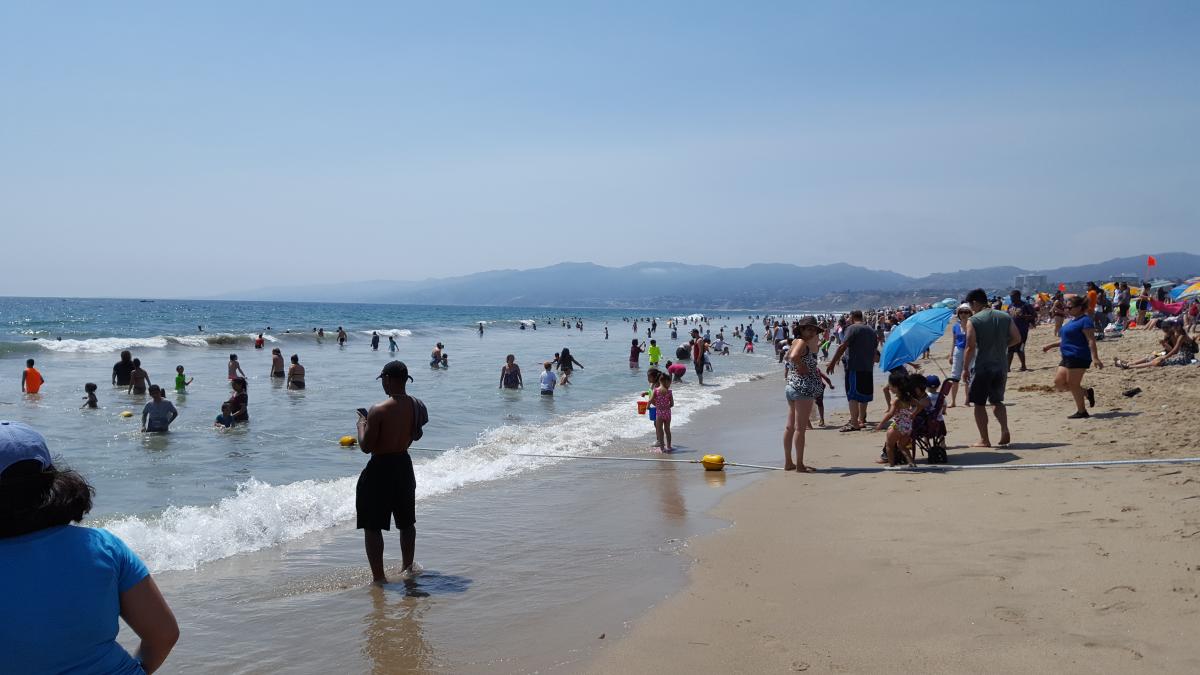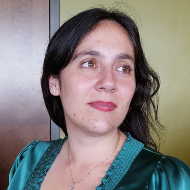If you haven’t read the recent
Have you traveled on this route? If you have not, it is worth describing. You drive through a seemingly endless desert wilderness for about three and a half hours. The interstate traverses the
All of the hundreds of cars skirting the edge of the Mojave National Preserve were only passing through. So many hundreds of cars, even just in my field of view. We drove in dense traffic for more than three hours, and nearly every one of these cars, surely more than ninety-five percent, were heading home from a long weekend in Vegas. Just passing through.
It has been some years since I spent much time in these more urban and urbanized landscapes. It is shocking how quickly things have changed. Perhaps you would not realize how quickly, if you were there. Sometimes things are easier to see if you are not part of a place.
We were driving to
He said, over and over again, as we journeyed there, that it was not usually so crowded. We told the children, both of us, that they would not want to wear their bathing suits to the beach, because the Pacific Ocean was cold, unlike the
But they were not. They were both fully immersed in the ocean, while fully dressed, within fifteen minutes of our reaching the water. It was impossible to stop them. The water was wonderful. It was no more than a few degrees cooler than the Gulf. It was strange and unnatural. I remembered the Pacific from my time in graduate school, when I would very occasionally visit the coast. My husband walked in the coast at least occasionally up until three years ago. It used to be cold, the Pacific. And this is July. Early in the year, for slow-warming vast oceans.

What kind of a pass have we come to, that we live in a world so unnatural, with lives so very peculiar, and where the great seas warm, and the problem is talking about what is happening to all of us? When I worked more with the public, people would tell me stories of how often they had to raise their piers, and how eroded the topsoil was in their areas, and how early the leaves were appearing in spring. People want to talk about these things.
Wallace-Wells’s piece has been criticized—including by scientists I respect, such as Penn State’s Michael E. Mann—for exaggerating its claims and feeding (as Mann told the Philadelphia Inquirer) “a sense of doom, inevitability and hopelessness.” Certainly the science should not be distorted or exaggerated. And I am happy to acknowledge that reasonable people can disagree about specific tactics and broad strategies for communicating the reality of climate change to the public, while remaining committed both to the task and to reasoned discussions about how best to accomplish it.
But it would be a mistake, I suggest, to draw the moral that people involved in climate change communication should not present realistic, scientific scenarios about climate change on the grounds that they might frighten people. Sure, it’s not useful to engage in fear-mongering. But many of us realize that there is something profoundly wrong. Many of us are ready to fight for the cause of our times. We should be allowed to talk in public, in a calm and adult fashion, about the problems that climate change is likely to bring. It should be assumed that we and our society are capable of feeling concern without fear.

